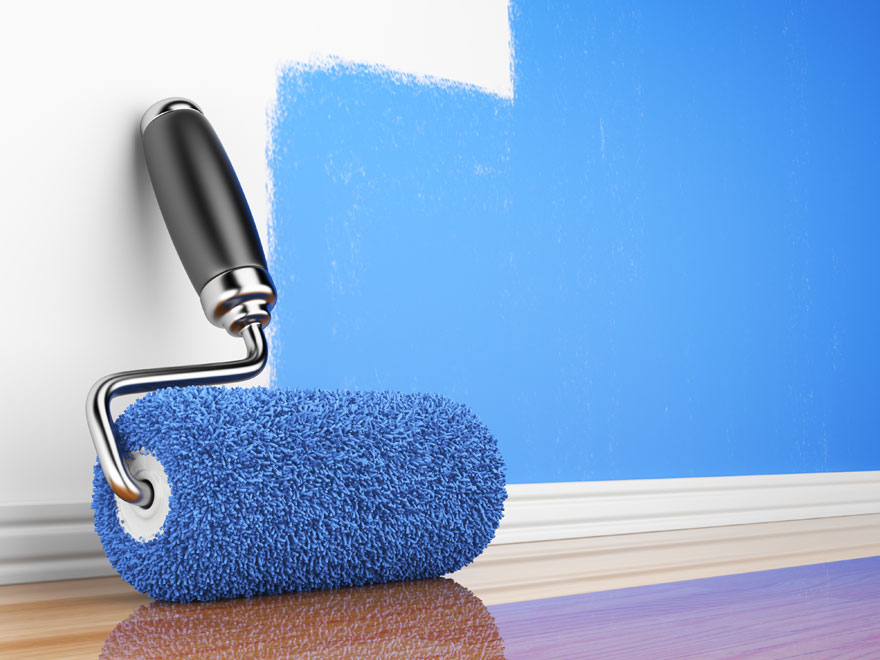Tips and Tricks for Painting
As a Vancouver Handyman who’s been in this business for a long time, I’ve spent a lot of my time doing both exterior and interior paint jobs. Over the years I’ve learned the wrong way and the right way to make any paint job go smoothly and quickly.
Below, I’ve outlined a few of the best tips and tricks I’ve learned, to help your next paint job to be a success!
Prep Prep Prep
One of the biggest mistakes I see with customers who attempt to do their own painting, is a lack of proper preparation. There’s more to a good paint job than simply slapping the paint onto the wall. Here are a few things that should always be done to prepare your walls for paint:
- Do a thorough cleaning on the surface that you plan to paint. This means wiping the wall down to remove any surface stuff like bits of food, dirt and other things that can stick to the wall.
- Sand the surface to remove any lumps or bumps. Sanding will also create a better surface for the paint to adhere to.
Tip – a quick way to prep and sand in one step is to use a liquid de-glossing product. You can find many different types in your local hardware store. Just be sure to follow the instructions on the label to ensure you are using the product properly.
Taping
Remember when you were a kid and your teacher always told you to color inside the lines, not outside? This goes for painting too! Key to a professional finish, is nice clean, straight lines and edges, with no paint slops or spills ‘outside the lines’.
Before you begin painting, apply masking tape around corners, windows, and any wall that will be a different color than the one you’re painting. Not only will this protect the surfaces that you aren’t applying paint to, but it will leave nice crisp looking lines and edges when you’re finished.
“Mudding”, Caulking and Filling
Some folks make the mistake of believing that paint will fill in those tiny dents and cracks in the existing paint job, but I can tell you that it’s simply not true. Many of today’s paints are very thin and won’t level out even the shallowest divot in the wall.
One of the best ways to ensure a perfect finish to your newly painted wall, is to fill in every flaw that is detectable to your eyes. This means going over the wall in detail, and using a ‘mudding’ (painter-speak for caulk) product to fill in the imperfections.
Once you’ve filled everything in, allow the mud to dry, then use a sanding block to buff the surface until it’s smooth and flush with the rest of the wall.
Use the Right Brushes and Rollers
Another mistake I seen frequently, is a customer using the wrong type of brush or roller. Not only can using the wrong brush make your job harder to do, it can also make it take twice as long!If you have a lot of flat surface to cover, you should use a wide roller to quickly ‘roll out’ the bulk of the wall. Then, switch to a smaller roller and/or brush to do more detailed work in corners, around taping, and on narrow surfaces.
More isn’t Always Better
Finally, to help your paint dry nice and flat and evenly, start out with less on the brush or roller as opposed to more. Having too much paint on your tools means too much paint on your walls. If there is an excess on the walls, it can lead to bubbling, blistering, drips, and ‘seams’. So start with just a little, and gradually work your way up until you have just enough paint on your brush or roller to leave a nice flat even coat.
That’s it for now! If you follow these simple tips and tricks, your own work will end up looking like it was done by a handyman pro like me!
Adding some wallpaper to as a highlight wall with your new paint job? Check out these great tips for hanging wallpaper!

